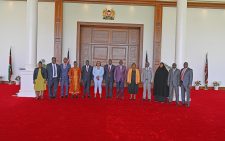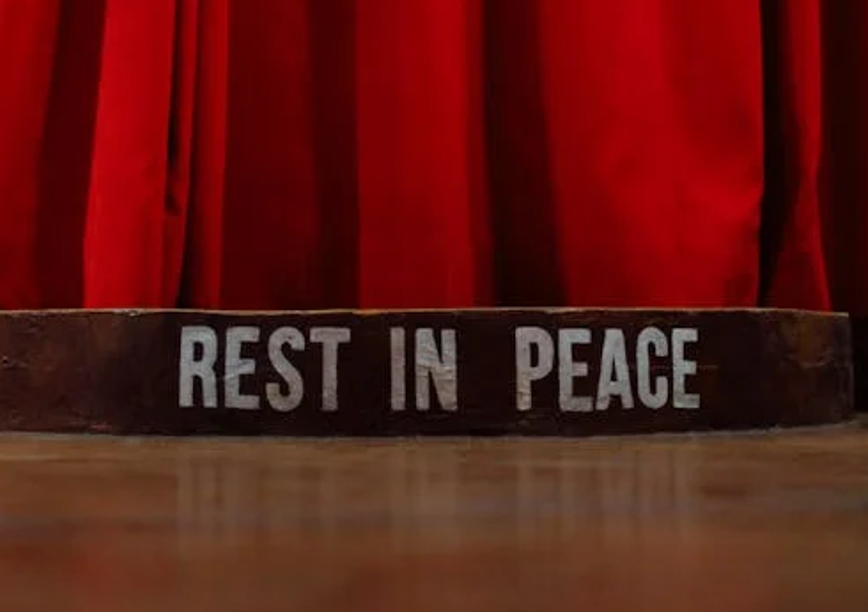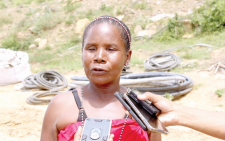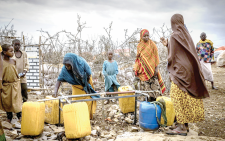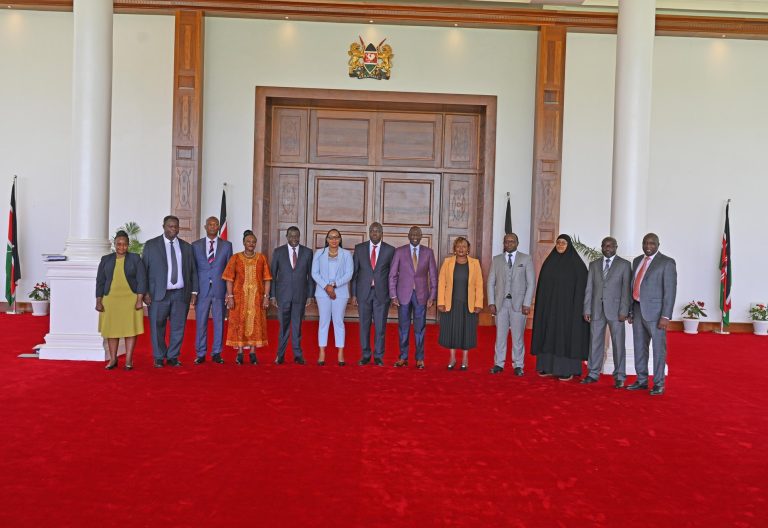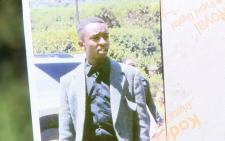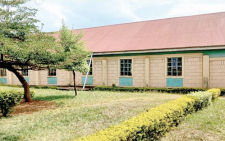Lessons from the most liked high schools
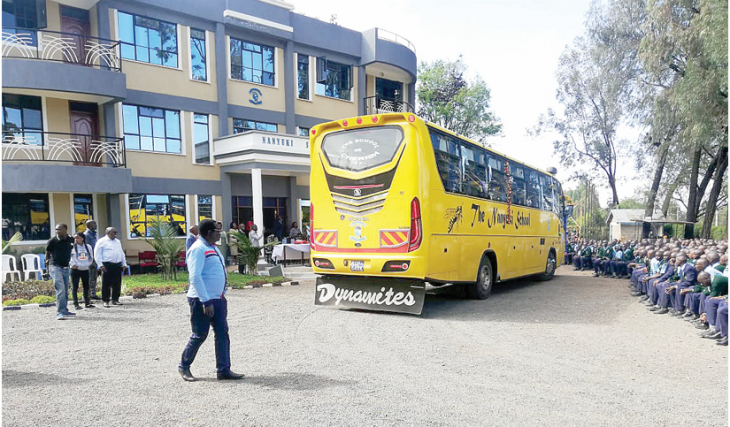
Nanyuki and Kabianga High schools are, for the second year running, the most sought-after secondary institutions in Kenya.
Some 156,003 candidates who sat the 2021 Kenya Certificate of Primary Education (KCPE) examination chose Nanyuki High School against a capacity of 480, making it the most sought-after institution countrywide.
The second most desired school is Kabianga High, which was chosen by 149,087 candidates against a capacity of 528.
Principals of both schools have attributed the high selection to a learner-friendly environment.
Nanyuki High School chief principal Oliver Minishi yesterday said the school has invested a lot in building the character of students and bringing out their creativity.
“We build the character of our students and values. We believe in creativity among students in several ways, including introducing technical subjects so that they can explore and not just deal with academic work,” Minishi said.
He said students are developing new interests and embracing other technical courses, aside from traditional ones like medicine and law. This has encouraged them to take part in the processing system, he said.
He added that the school offers an expanded curriculum and has incorporated more technical subjects like Aviation, Electricity, Building and Construction, Art and Design, Drawing and Design, Islamic Religious Education (IRE) and Home Science.
In 2017, the school had 15 examinable subjects, a number that has risen to 22.
“We are like a technical school. Parents see that kind of thing and they develop great interest in our institution,” he added.
He also said they have expanded film-making and music lessons.
Students are trained in extra-curricula games like chess and karate, on top of other activities like rugby, football, handball, volleyball, athletics and drama — all of which have been completed to the national level.
Currently, the school has a population of about 1,100 students. The number is expected to rise to about 1,400 once the Form One class is admitted.
“Within a short time, the school has improved significantly in academics from a mean grade of about 5.8 in 2017 to 8.6 last year,” said Minishi, who is also a renowned playwright.
On his part, Kabianga principal Aloo Joash said they have created a leaner, friendly environment for all students where dialogue is key.
“We offer foster parenting where a teacher is assigned at least 16 learners to walk with them for the four years in secondary school. We hold open discussions at least thrice a week in classrooms and dormitories. As a school, we get feedback,” said Aloo. He added that since he joined the school seven years ago, there has not been a single incident of unrest.
On the waiting list
The school has a population of 2,100, with another 528 learners expected to join Form One next month and hundreds more on the waiting list.
“We are putting up more classrooms and storey dormitory to cope with a large number of learners. We have 11 streams but the Form One class may rise to 12 streams,” he said.
The principal explained that they offer an expanded curriculum to include subjects like building and construction, woodwork, drawing and design, aviation, electricity and foreign languages like French and German.
Last year, the school had a mean score of 8.99, and 89 per cent of the students were admitted to the university.
The two schools attracted the highest applicants, having received 154,524 and 142,640 applications, respectively.
Education Cabinet Secretary George Magoha said that during the selection, it was clear, as was the case last year, that a big number of candidates did not receive proper guidance and direction when choosing schools.
“This resulted in some schools attracting far too many applicants against their capacities,” said the CS when he released the Form One selection and placement results at the Kenya Institute of Curriculum Development (KICD).
“This scenario can be avoided if candidates are offered relevant guidance during the selection process. Relevant ministry officials must also offer proper sensitisation programmes on the Form One selection process,” the CS added.
The third most selected school was Pangani Girls, which received 118,073 applications compared with a capacity of 336. Maseno was fourth with 110,811 against a capacity of 576 while Nakuru High School was fifth with 107,719 applications compared with a class of 336.
Other top 10 most selected schools were Alliance Girls High School with 104,353 against a class size of 384, Kapsabet Boys with 99,725 applications against 384 slots and Butere Girls with 98,410 applications against 528 places.
Mangu High School had 93,648 applications against a class size of 432 while Moi Girls High School, Eldoret, had 92,666 applications compared with a capacity of 336.
“In keeping with the Government’s spirit of equity, inclusion and affirmative action, we have ensured that justice has been done to the candidates in terms of placement to various secondary schools,” said the CS.
Some 38,797 learners will go to national schools, 2,045 to special needs education schools, 214,960 to extra-county, 218,456 to county schools, while the bulk of the learners, 726,311, will go to sub-county schools. Some 9,128 are refugees in camps.
“The majority of candidates who scored 400 marks and above were placed in national or extra county schools of their choice.
The special needs candidates were also placed in regular schools of their preference, while others were placed in special schools based on their disability, merit and choice,” said the CS.
High populations
Although the Ministry insists it has been providing funds for infrastructure development, schools still have to contend with high populations.
Kenya Secondary School Heads Association (KSSHA) chairman Kahi Indimuli said they are preparing for new admissions amid myriad challenges.
“Every year, the number of learners has been rising steadily. Classrooms that the Ministry has been building for Competency-Based Curriculum (CBC) may be used for now,” said Indimuli.
He said principals will seek a meeting with the CS to discuss the tough situations in schools, noting that the cost of living has risen drastically.
“Everyone was affected by the Covid-19 pandemic. Schools were not granted some cushion to support. So when we are told not to send children away over school fees, we will follow the directive although some parents, even those able to pay, take advantage of the situation,” he said.
All Form Ones are expected to report from May 3.
